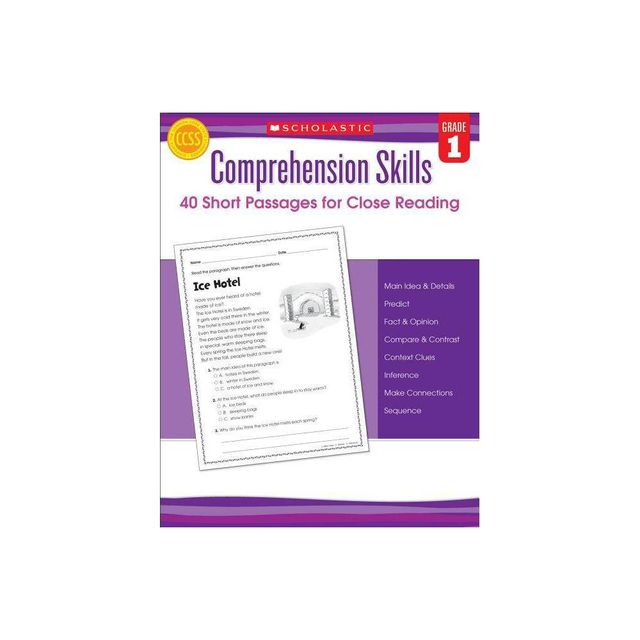Home
Formation of Periodical Authorship 1920s Korea: Distant and Close Reading
Loading Inventory...
Barnes and Noble
Formation of Periodical Authorship 1920s Korea: Distant and Close Reading
Current price: $200.00


Barnes and Noble
Formation of Periodical Authorship 1920s Korea: Distant and Close Reading
Current price: $200.00
Loading Inventory...
Size: Hardcover
*Product Information may vary - to confirm product availability, pricing, and additional information please contact Barnes and Noble
Formation of Periodical Authorship in 1920s Korea
argues that Korean authors who entered the literary scene during modern literature’s formative years were the subject mediated by periodicals. However, it has been difficult to substantiate this statement because periodicals, including magazines, were open to different groups of writers; various social, literary, religious, and cultural discourses; and dissimilar genres. The multi-level interactions between terms, knowledge, and writing styles in circulation unfolded at a larger scale at some times, and at other times in such an ordinary manner that one can hardly identify and synthesize them to make any sense. Employing not only conventional close reading, but also modes of distant reading developing out of cultural analytics, Lee investigates the specific ways in which patterns of social, semantic, and stylistic interactions in Korea’s major magazines configured three kinds of authorship, namely the “narcissistic author,” the “prophetic critic,” and the “everyday reviewer.” He rereads artist stories, leftist social discourses, religious cosmology, and joint reviews through quantitative analyses and offers an engaging account on the importance of repetitions in creating literary originality. This book extends periodical studies through cultural analytics and opens up a new horizon for the next generation of literary scholars seeking innovative experiments in a digital age.
argues that Korean authors who entered the literary scene during modern literature’s formative years were the subject mediated by periodicals. However, it has been difficult to substantiate this statement because periodicals, including magazines, were open to different groups of writers; various social, literary, religious, and cultural discourses; and dissimilar genres. The multi-level interactions between terms, knowledge, and writing styles in circulation unfolded at a larger scale at some times, and at other times in such an ordinary manner that one can hardly identify and synthesize them to make any sense. Employing not only conventional close reading, but also modes of distant reading developing out of cultural analytics, Lee investigates the specific ways in which patterns of social, semantic, and stylistic interactions in Korea’s major magazines configured three kinds of authorship, namely the “narcissistic author,” the “prophetic critic,” and the “everyday reviewer.” He rereads artist stories, leftist social discourses, religious cosmology, and joint reviews through quantitative analyses and offers an engaging account on the importance of repetitions in creating literary originality. This book extends periodical studies through cultural analytics and opens up a new horizon for the next generation of literary scholars seeking innovative experiments in a digital age.


















